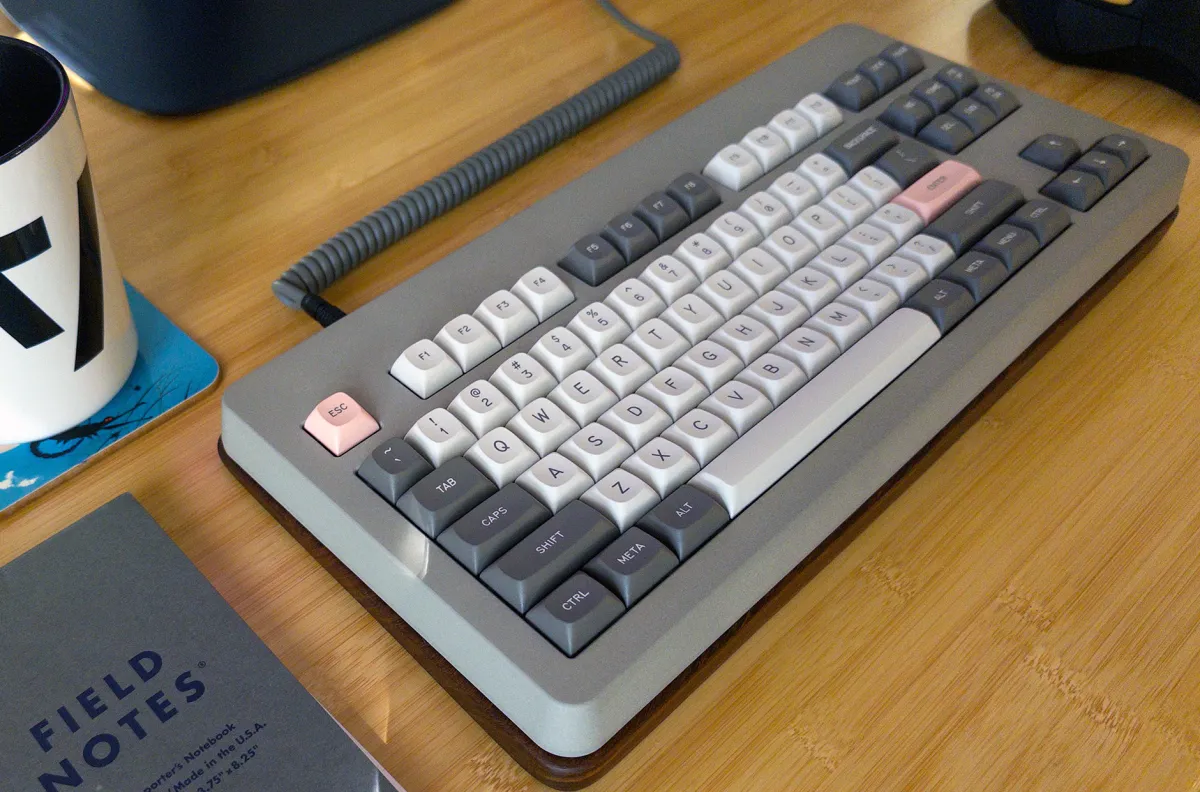Views: 107
The Seneca, a $3,600 luxury mechanical keyboard made by Norbauer & Co., is a product built for an ultra-specific audience: those obsessed with the feel, sound, and engineering of typing. It’s meticulously crafted, stunning to look at, and likely the best typing experience available — but only if you care enough to notice.
It lacks features typical of much cheaper keyboards (wireless, backlighting, remapping), yet what it does deliver is perfection in materials, design, and tactile feel — from custom capacitive switches to bespoke stabilizers and a 7-pound milled aluminum body. But unless you’re a keyboard enthusiast, the extra $3,500 probably just feels like concrete vanity.
🎯 Who it’s for:
-
Hardcore keyboard enthusiasts
-
Tech aesthetes who want Leica-for-your-desk vibes
-
Collectors of boutique tech
-
People with “status desk setups”
-
Buyers who value permanence, craftsmanship, and exclusivity
📉 Why it’s not for most people:
-
No wireless, no hotswap, no backlight, no volume knob
-
No hardware remapping (yet)
-
Costs more than many people’s entire PC setup
-
Offers diminishing returns for non-enthusiasts
🧩 Key Takeaways for Writers or Marketers:
-
The emotion is the hook. This isn’t a keyboard review — it’s a story of obsession, beauty, and sacrifice. The narrator wants you to feel conflicted.
-
Luxury means specificity. The Seneca is not for everyone. It doesn’t try to be.
-
Tech can be luxury without tech features. The Seneca positions itself more like a vintage camera or tailored suit — form and feel over spec sheets.
-
The review acknowledges the absurdity. That self-awareness makes it more credible.
✍️ If you’re thinking of writing something similar:
Frame it like this:
“Some people collect wines. I collect keystrokes. This $3,600 keyboard isn’t for you. It’s barely for me. But that’s what makes it extraordinary.”
Or:
“A keyboard so good, it made me rethink every other keyboard. Including the one I’m typing this on.”

